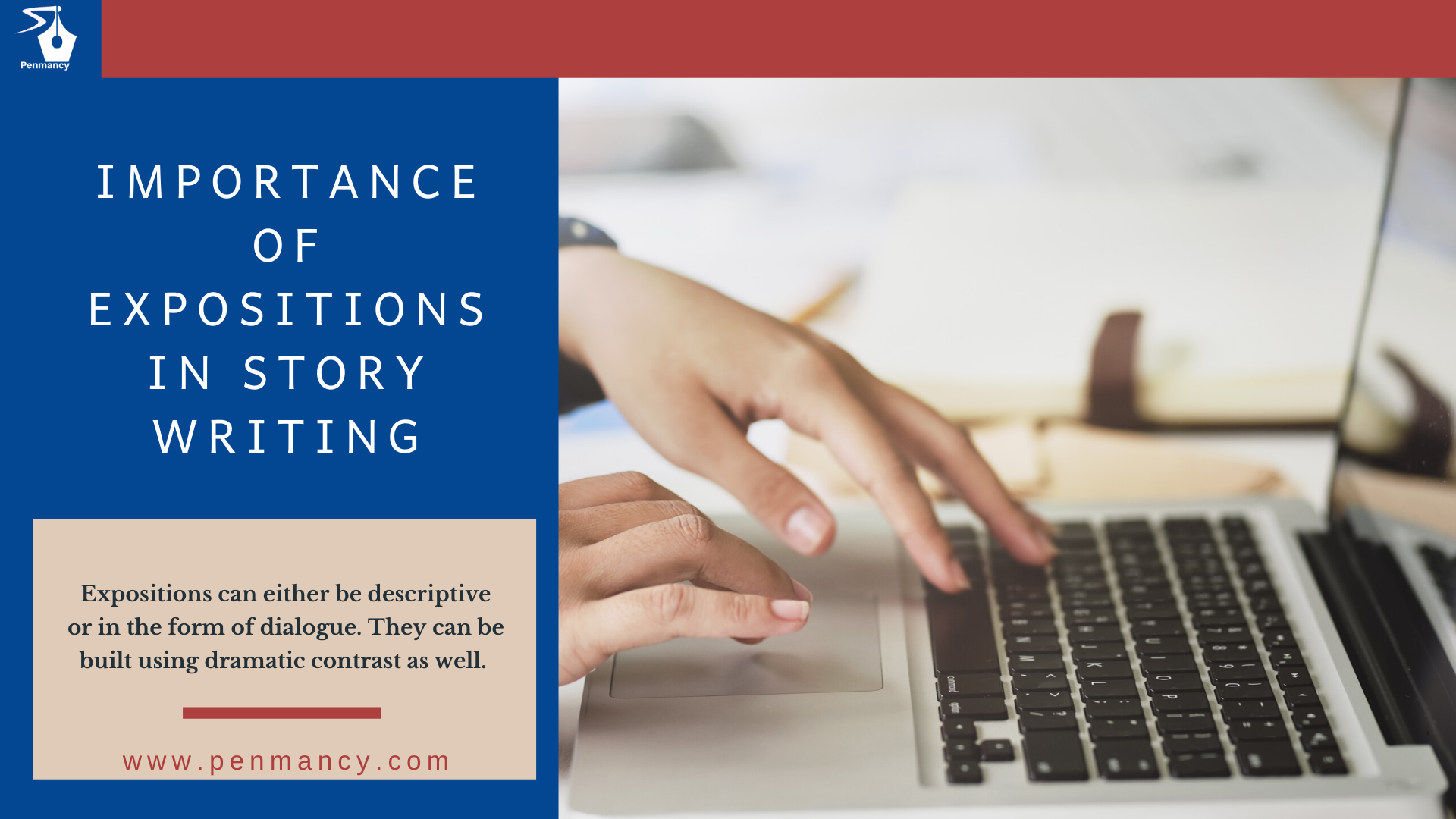
History is significant in ways more than one and the same is true for stories waiting to be told and characters that are being sketched. Like any other thing around us, every character has a back story which is the reason for the present behaviour, characteristics and actions. It also is the basis for present actions and reactions as can be seen in many cases.
Exposition as a word finds its origin in the Latin language and can be translated as “a showing forth”.
In stories, expositions are an important element and they serve as an insight into what will develop in the continuing tale. They are the writers’ attempt to engage the readers and in some cases also serve as a build-up for the story ahead. And at no point of time is it to be read as that exposition should always be at the beginning of a story. As the story builds the writer can use the technique to highlight characters, conflict or background.
For e.g. _ Hansel and Gretel had a happy childhood until they were taken in by their aunt on the sad demise of their parents. After that they never had enough and happiness was not served where they lived. They were unpaid workers and considered to be unwanted burdens and it was only Hansel’s alertness which thwarted his aunt’s plans of making them lose their way out of her life.
This short description tells the readers that there are two children involved in the story, simply by giving out their names in the beginning. The paragraph also clearly sets the backdrop of gloom and sadness. Even before the story takes shape, the readers know that Hansel is an alert boy and that the Aunt is a scheming lady.
Expositions can either be descriptive or in the form of dialogue. They can be built using dramatic contrast as well. They must be written in a way that balances the past with the present and paves a way for the future at the same time.
When attempting an exposition certain points need to be kept in mind –
Choose a style – Both dialogues and third-person narrations can be used. The nature of the story should decide the basis of choice. In order to build suspense, an incomplete dialogue would serve a better purpose. Historical settings would do better if the details were in short snippets littered at various points so that they help the reader get a view and better understanding of the subplots and events as a sort of play on to the minds of the readers, initially leading them astray and subsequently meandering back to the story.
Overloading the information – The exposition is an insight and in no way should it take away from the story. If not written in a concise manner it would be a spoiler for the reader revealing more than needed and thereby taking away from the story. It should include points which are not the mainstay of the story ahead but are able to add to the authenticity of the story. Small snippets into what to expect build up the reader’s curiosity.
Keep them vivid – Expositions should allow the reader to read and reflect and make them wonder. It should pique the reader’s interest without giving away the story or what is now going to follow. At no point in time should the language be preachy or dull. It must be engaging and written curtly so that the energy becomes contagious.
Placement – Should each chapter have an exposition of sorts? Does the novel need an exposition in the beginning? There is no correct answer. However, what can be safely said is that the story itself dictates the need. The strength of a well-written exposition lies in it being unnoticeable by the reader.
Whether in literature or in real life, exposition cannot be ignored. We come across such examples almost all the time where the text is incomplete without expositions. Not only is it important to the text but is also vital to the literary quality of the story. However, one must surely be careful while exposing what and how much. Too much information can make the reader fed with too many layers of a character, situation or setting. The rule of the thumb still stays “show, don’t tell.” And do it delicately, tip-toeing with the information where a reader’s imagination is heightened.
Happy Writing!
